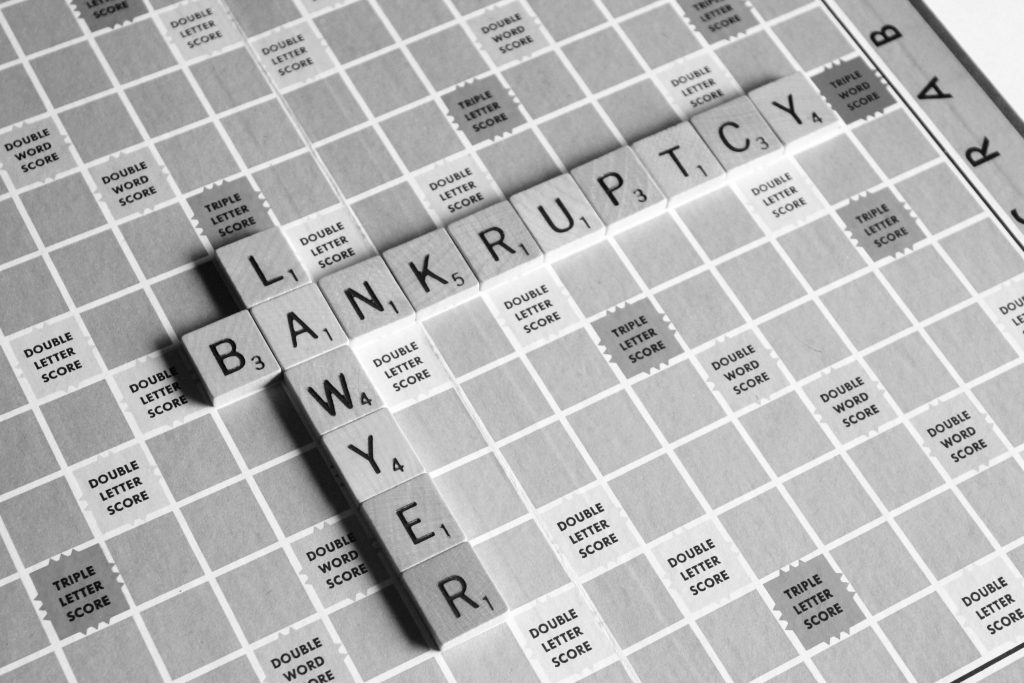
18.06.2020
New Spanish Bankruptcy Law
On May 7th 2020, during confinement, the new law on bankruptcy was approved. The recast text of the Bankruptcy Law contains 752 articles and replaces the previous text with just over 200. That is recasting and the rest is nonsense. This new text will come into force on September 1st 2020.
 Por
Sanz González , María
Por
Sanz González , María The bankruptcy law was approved in 2003. Since its approval, it has undergone countless modifications that have adapted it to the reality of the socio-economic environment. The history of the Bankruptcy Law is the history of its reforms. This is precisely how the preamble of the New Recast Text begins, or what we can call the 30th bankruptcy reform.
Structure of the regulation
The new law is divided into three different sections (called books):
- The bankruptcy procedure.
- Pre-bankruptcy law.
- The rules of international law.
We can say that the first book, dedicated to the bankruptcy procedure, reorders the Bankruptcy Law 22/2003. It is the most extensive book. The legislator groups the chapters by subjects, to facilitate the understanding of the normative framework. Thus, we find sections dedicated to the organs of the bankruptcy, to the aggregate assets or aggregate liabilities.
The second book is dedicated to what we could call the previous phase of a bankruptcy procedure. It is based on the previous regulation, which established the communication of the opening of negotiations with creditors. Likewise, this book regulates refinancing agreements or out-of-court payment agreements.
Finally, the third book is devoted to international regulation. The reason, as explained in the new regulation, is based on Regulation (EU) 2015/848. When this regulation was issued, the cross-border effects on business activities were taken into account.
Although the number of articles in the new law has increased from 242 to 752, we cannot be impressed by this increase. In many cases, the legislator has made an effort to clarify without altering the content. Many matters that were previously regulated in a single article are now separated into 3, 4 or even more provisions.
Si te ha interesado este artículo no dudes en leer:
Who is eligible to apply for a Bankruptcy Procedure?
Some of the changes included in the New Bankruptcy law
- It circumscribes the two-month period for applying for bankruptcy procedure to the fact that the debtor is currently insolvent. The previous regulation referred to insolvency, without distinguishing whether the insolvency was current or imminent.
However, the two-month period is extended by the COVID situation until December 31st 2020. This suspension is temporary, as we say it derives from the State of Alarm.
- Another change presented by the new law regards the documents accompanying the application for bankruptcy procedure. Specifically with the annual accounts that the debtor must include in the application. The provision of the annual accounts for the last three financial years was already a regulated requirement. Now the legislator provides for them to be provided, whether or not they are approved. This change undoubtedly qualifies an issue that is the subject of bankruptcy classification. The failure to submit the annual accounts is a cause for tortious classification, although evidence to the contrary is admitted.
- Furthermore, the regulation of executions when the debtor has begun negotiations with creditors presents a change. All executions on the debtor’s necessary assets were paralyzed. The new regulation does not specify that they must be necessary assets. All executions on the debtor’s aggregate assets will be paralysed.
For this purpose, necessary assets are understood to be those assets that are indispensable for the continuation of the debtor’s activity.
- The new rule also expressly provides for the form of disposal of assets subject to special privilege, namely out-of-court auctions.
- The new clauses devote a specific article to business succession. Although it is not a very extensive regulation, it is certainly substantial. It establishes that the judge of the bankruptcy procedure will be the only competent to declare the company’s succession. The new wording does not imply that the acquirer does not have to subrogate himself in the labour claims. Rather, it will be the judge of the bankruptcy procedure who will decide on the existence or not of the business succession. And no longer will have this competence the labour courts (as the SC had established).
Conclusions
The new regulation has come at an unexpected time during an exceptional State of Alarm, promoted by an unprecedented health crisis. Nevertheless, regulation was absolutely necessary. It is a recast text that organises the bankruptcy and pre-bankruptcy regulations, without any modifications that we can describe as substantial. We will see how the courts interpret the changes introduced in the coming years. Similarly, it is almost certain that these regulations will be modified. Laws in economic and social matters are in constant movement, and more so in the times to come, absolutely unknown.
If you liked this article, you may also find the following one interesting:
When it is mandatory to apply for a declaration of insolvency?












